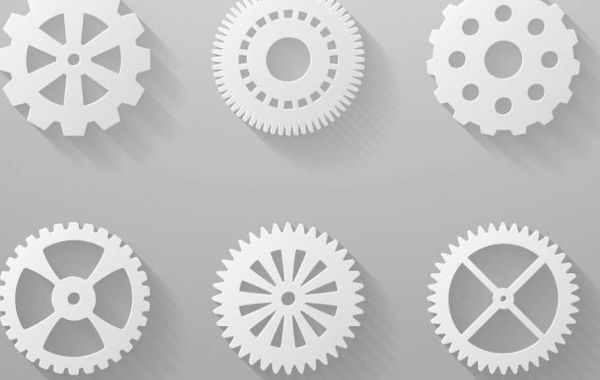The properties of the material and the capabilities of the machining process must be carefully taken into account when designing nylon parts for CNC machining. To be followed are the following best practices:
Material properties
- Strength and stiffness: The strength and stiffness of nylon vary based on the grade and type. Select a grade that satisfies your functional needs.
- Melting point: Nylon has a relatively low melting point compared to metals. Design elements that reduce heat generation during machining are used to avoid thermal warping.
- Moisture absorption: Moisture absorption by nylon may have an impact on its dimensional stability. design elements that accommodate the expansion and contraction of moisture.
Design considerations
- Wall thickness: Keep wall thicknesses constant to prevent warping and uneven material removal. For most applications, aim for a minimum thickness of 1.5 mm.
- Fillets and chamfers: To minimize stress concentrations and enhance tool accessibility, utilize ample fillets and chamfers at acute corners.
- Holes and threads: Provide enough room in the design of the holes for the tap depth and tool diameter. For simpler assembly, take into account using self-tapping threads.
- Internal features: Steer clear of cavities and deep pockets that are hard to access with machining tools. To make tool withdrawal easier, utilize draft angles.
- Ribs and bosses: To give thin sections more rigidity and strength, use bosses and ribs. Give them rounded corners and sufficiently thick walls.
Tooling and machining
- Tool selection: For the desired features and material, select the proper end mills and drills. To improve wear resistance and chip evacuation, think about utilizing coated tools.
- Cutting parameters: To reduce heat generation and avoid tool wear, use moderate feed rates and cutting speeds.
- Coolant: To minimize heat and friction, lubricate the tool and workpiece with a coolant.
Additional tips
- Prototype and test: Before progressing with large-scale production, validate your design with prototypes to find any possible problems.
- Consult with a machinist: Seek input from a machinist regarding the feasibility of manufacturing your design and possible cost reductions.
- Use design software: To generate precise 3D models of your parts for CNC programming and simulation, use CAD software.






